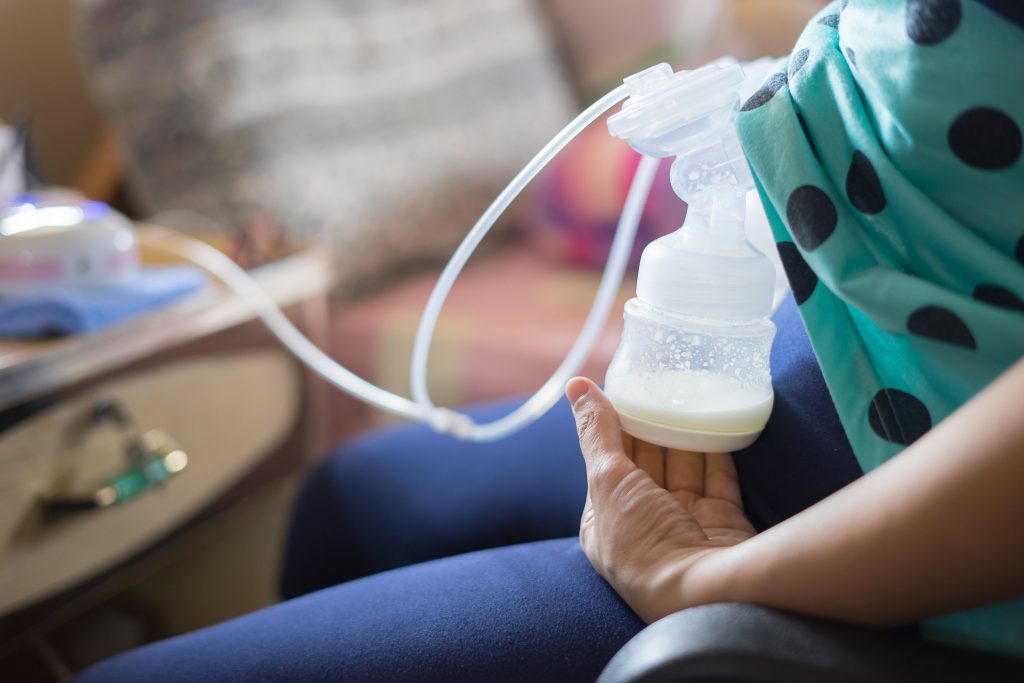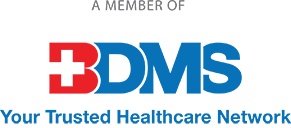Breast milk has many benefits, whether fed directly from the breast or from the bottle. Today, we will learn about how to breastfeed correctly, milk preservation, feeding positions and much more that moms (and dads) should know!
Why breastfeeding and breast milk?
- Breast milk ingredients
Breast milk is very useful for your baby because it is rich in nutrients, immune substances and bacteria that are good for your child’s digestive system. These useful substances make breast milk yellowish. Different feeding times, ingredients will vary too. And of course, the taste of the milk will change depending on what mother eats.
In addition, breast milk contains important components such as fatty acids, lactose, protein, vitamins and minerals. These are key nutrients that your baby needs for their proper growth in the first period of life.
- When does breast milk begin? When can you start breastfeeding?
Breast milk is first produced since the baby is still in the womb in order for the mother’s body to prepare and be ready when the baby opens his eyes to see the world. After birth, if the mother’s body is ready, you can start breast feeding immediately without waiting for breast engorgement.
Getting your baby to suckle from the breast is a signal to the mother’s body to start producing milk. Thus, the sooner a mother is breastfeeding after giving birth, the better for breast milk production.
- The difference of the first breast milk, Colostrum, and normal breast milk.
“Colostrum” provides an abundance of nutrients and immunity that is like the first vaccine that babies need. It also has prebiotics that are useful for baby’s intestines and excretion.
However, mothers who breastfeed their babies from 6 months onwards, the baby will need more nutrients, so, we advise mothers to start giving supplements to the baby to add more various nutrients that your child needs for proper growth and development.
What makes breastfeeding a good choice?
- Advantages of breastfeeding for mothers
Breastfeeding helps the uterus get back to its normal place and state faster. It also prevents postpartum bleeding. Research shows that breastfeeding can reduce the risk of breast cancer rates. Another important advantage is breastfeeding helps create the bond between mother and the baby. It’s a good time to build a very good mother-child relationship. It is also the most economical way.
- Advantages of breastfeeding for the babies
Breastfeeding helps reduce the chances of children being over-nutrient or malnourished. This is because breast milk is full of nutrients and contains substances that act like vaccines that protect your baby from various pathogens, probiotics that stimulate intestinal function and lactose.
Breast milk consists of two parts: the first part that comes out when the baby starts sucking is clear milk called “foremilk”. This part is rich in lactose that helps with excretion. The second part is called “hind milk” which is high in fat. Thus, this part helps make your baby grow and gain weight with age.
Breast milk also helps reduce the risk of diabetes, ear inflammation and digestive tract symptoms for the babies.
Breastfeed like a pro!
- How to breastfeed your baby correctly
It’s important to make sure that you breastfeed your baby in a right position so that the baby can suckle and get fed properly. There are 4 positions for breastfeeding, though, you don’t need to learn all the positions but try to do it and choose only one or two poses that you feel most comfortable with and your baby can suckle fully.
The important thing you need to know is to make sure that your baby suckles not only the nipple, but also the whole areola.
During breastfeeding, it’s recommended for the mothers to relax and give your body time to adjust. Because of that stress, it will affect the amount of milk. You also need to consume good food that helps enhance the production of breast milk such as banana blossoms, ginger juice, pumpkins, papayas and drink plenty of water.
- How to breast feed twin babies
Mothers can breastfeed your twin babies at the same time by using a football holding position to reduce the waiting time of feeding for your babies. In case there is insufficient milk, you can feed your babies by cup feeding to prevent nipple confusion.
- How can we know that the baby is fed enough?
You can observe your baby’s reactions including their sleeping time after feeding (at least 2-3 hours), their excretion and urination and the weight that should be growing according to their age.
However, you must note that newborn babies may lose their weight in their first week after birth. And after 7 days, if they are fed properly, their weight should be increasing.
- Breast milk storage
Of course, the fresher the milk is, the better. However, if you need to pump out the milk and store it for later, below shows the period for milk storage.
- At room temperature (25 degrees Celsius), store up to 3 hours.
- Freezer in normal refrigerator at 4 degrees Celsius, keep up to 1 day.
- Freezer: 1 door refrigerator can store no more than 1 month and 2-door refrigerator up to 3 months.
- Freezer (for ice cream type) store up to about 6 months.
Breastfeed or bottles?: when to reconsider other options for feeding your baby
- Direct breastfeed or breast pump and feed from the bottle, which is better?
Breastfeeding is cost-saving, simple and convenient. As newborn babies need to be fed at least 8 – 12 times a day. Thus, breastfeeding can help you safe a lot of time and money from cleaning and sterilizing process of the bottles many times a day.
Feeding from a bottle gives some convenience to the mom as she doesn’t have to do everything by herself. The father can help feed the baby while the mother pumps their breast milk or gets some rest.
In fact, there are advantages and disadvantages of both methods. You can always choose to switch between the 2 methods, depending on the circumstances and suitability.

- In what situations should mothers stop or not continue breastfeeding?
Mothers who have an infection or serious infections such as HIV or other kinds are advised to stop breastfeeding directly from the breast and get treated properly before you breastfeed. You may pump the milk but don’t give it to your baby to maintain milk production for when you can breastfeed after the treatment. You may consult with a doctor for proper treatment or advice.
These can help you!
- What daddy can help the breastfeeding mom
It’s actually important for fathers to learn the process as well as the mothers. If you feed your baby from a bottle (whether breast milk or skim milk), daddy can help in this process so that the mother can get enough rest.
- Eight items to help make things easier for your breastfeeding
(1) Breast pump. Nowadays, there are many forms of energy-saving machines to assist in pumping milk, whether it’s a manual pump or an electric one. But in any cases, mothers still need to practice squeezing by hand if the breast pump is broken.(2) Nursing covers. Sometimes you’re in a place where it’s not so convenient to breastfeed. Having a nursing cover can help mothers to cover up if there is a need for breastfeeding in public.(3) Nursing bras. This type of bras is specially designed for breastfeeding and providing convenience for breastfeeding mothers as they don’t need to remove or need much adjustment before breastfeeding their baby.
(4) Nursing pads or breast pads for mothers who produce a lot of milk. These pads will help reduce the absorption of milk through their cloths.
(5) Nursing pillow for breastfeeding for mother’s and baby’s comfort while breastfeeding
(6) Milk storage bags to store breast milk after you pump and can freeze up to 3 months
(7) Lecithin. Food such as soybeans, corn, peanuts, cabbage, cauliflower, carrots, meat, fish, egg yolk, milk, butter, etc. provides lecithin which helps improve the flow of milk and reduce the inflammation in milk tracts from an obstruction. The most important thing is drinking enough water and eat good, nutritious food.
(8) Cream for nipples to reduce the irritation that may occur from breastfeeding
Related center:
Children’s Clinic
Related doctor:
Dr. Rawiporn Atigitrungruang , M.D.
